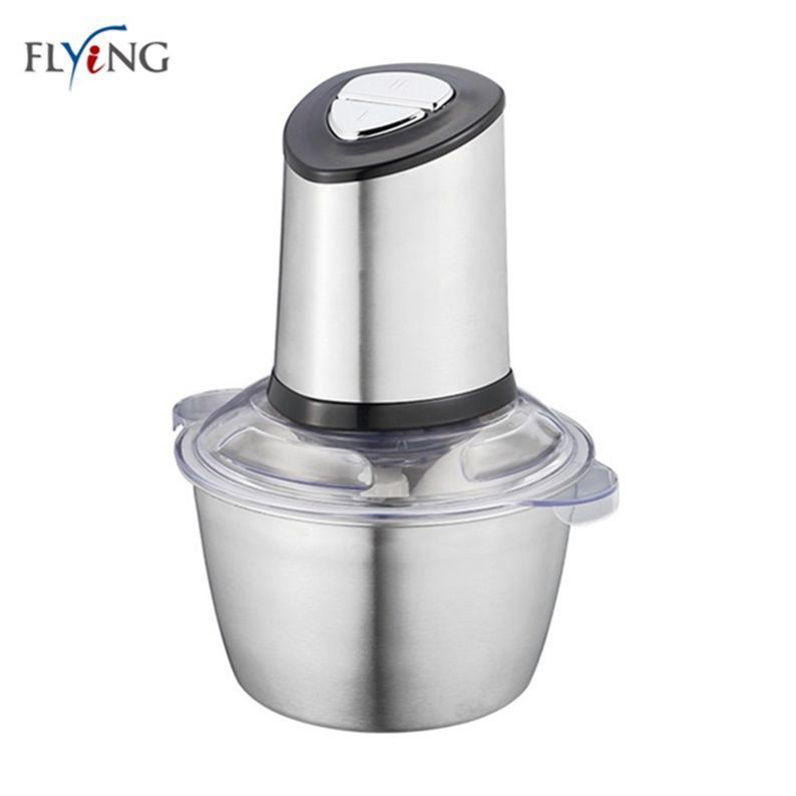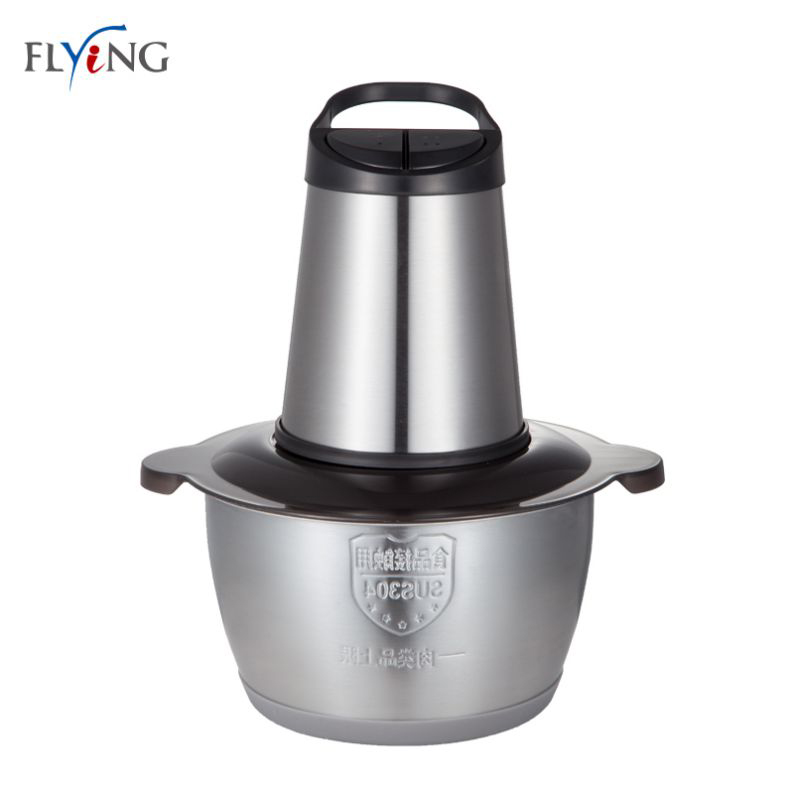Multinational Enterprises Discuss the Future Development of Automobile Engines
2022-12-16 12:09:24
While domestic automobile engine companies are busy developing Euro II and Euro III machines, foreign companies are already considering the development of European VII or even Euro X machines. German VW, U.S. General Motors, French Peugeot/Citroen, Japanese Toyota, U.S. Cummins, and Germany’s Bosch, such as the world’s leading automotive multinational corporations, have introduced their latest research results and technical solutions in the field of automotive engines, depicting future car engines for people. The development prospects. German Volkswagen “Takes oil as the key†“We are facing the conflict between the global growth of energy demand and the decline of mineral oil production. To ensure the long-term supply of automotive energy, we must not only increase the economic efficiency of existing fuels, but also achieve Diversification of energy sources, especially the use of alternative and renewable sources of energy, said Dr. WSteiger of Volkswagen AG. VW's automotive fuel and powertrain technology strategy is to achieve a gradual transition between the automotive powertrain system and the fuel sector, that is, the transition from a traditional fuel-based powertrain system based on mineral oil to a match with future synthetic oil and “sunshine fuelâ€. Powertrain system. Volkswagen believes that people’s relish of hydrogen energy is only possible after all technical obstacles have been overcome, and will become the protagonist of car energy. This will take at least 20 years or more, so only pay attention to high risks. The long-term technology is not enough to ensure the future development of the automobile industry. Therefore, Volkswagen's engine development strategy includes the current, short-term to medium-term and medium-term stages: The current strategy is to further systematize and improve the efficiency of existing powertrain systems; in the short to medium term, the development of new power systems combined with alternative energy sources; In the mid-term, CO2-neutral vehicle power systems were developed. Currently, Volkswagen is working on the development of “partially homogenized hybrid diesel combustion systems†and “spontaneous ignition gasoline enginesâ€. The goal is to use the development of direct injection technology to combine the emission advantages of gasoline engines with the low fuel consumption advantages of diesel engines. The new concept is integrated in the combustion system. The next goal is to develop a hybrid combustion system based on the combination of two types of combustion engines, a gasoline engine and a diesel engine, based on synthetic fuels (including synthetic oil and the further development of “sunlight fuelâ€). Toyota is committed to hybrid Toyota's commitment to hybrid development. The newly launched PRIUS hybrid car on September 1 this year not only represents Toyota's latest research results in automotive power, but also reveals Toyota's development direction in automotive power. “A century later, the number of vehicles in the world will increase from the current 700 million to 2 billion. 50% of vehicle fuel will be replaced by other energy sources. The problem of vehicle emissions and fuel consumption should be solved using all technologies. Hybrid technology It is one of the solutions.†Toyota’s director Yaechi Takeuchi stated in the conference’s report: “It can balance both the power and fuel consumption of the car and become the benchmark system for future hybrid cars. At present, Toyota has entered the third On behalf of technology development, to achieve two kinds of dynamic driving force, smooth driving.†Yazuka Takeshihisa also believes that promoting the popularization of hybrid vehicles not only requires manufacturers to further reduce manufacturing costs, but also need government incentives and preferential policies. Peugeot/Citroen uses the vehicle powertrain as a lever for improving the efficiency of the company, commits itself to technological innovations such as engine energy-saving, noise reduction, and emission reduction, and develops engine miniaturization, multiple injection technologies, particulate filter technology solutions, and mixing. Power technology and so on. Bosch has targeted Europe VII Europe X Bosch, which has produced 10 million common rail systems, believes that the use of so-called “sunlight fuel†and hydrogen fuel for the engine is only a mid-term and long-term goal. At present, the engine is required to meet Euro V to Euro VII emission standards, and 100% of particulate traps must be installed. To meet Euro X emission standards, not only particulate traps and exhaust catalytic converters but also pressure-amplified common rail systems must be used. , efficient EGR system and high quality diesel. For this reason, Bosch is developing a Piezo common-rail system injector with a faster response and a smaller nozzle diameter, which can reduce engine emissions by 20%; and the low-resistance particulate trap being developed will have more storage capacity. The service life will reach 200,000 kilometers; moreover, the CPN4 heavy-duty high-pressure pump being developed will eliminate the lubrication of oil and be completely diesel-lubricated. Because Bosch believes that any combination of diesel and motor oil will have undesirable changes at the stage of high emission requirements, with serious consequences. Cummins still loves diesel engines. "The Cummins engine's annual sales in China in 2003 will reach 160,000 units, accounting for one-third of Cummins' global engine production. It is estimated that by the end of the year, Cummins engines will have more than 700,000 units in China." Dr. John Wall, vice president and chief technology officer of Cummins Inc., said (above right), “The reason why customers buy Cummins engine products is not only because of its low emissions, but more importantly, it has better performance and higher Fuel economy, higher reliability and durability, less maintenance and lower costs.†In the United States, where emission regulations are very strict, Cummins has made many improvements and innovations in engine technology and has been working hard to design and produce. Products that have the least impact on the environment. Compared with similar products in 1970, today's American engine: the power has doubled, fuel economy has increased by 50%, life expectancy has been extended by 4 times, cost has been reduced by 70%, and emissions have been reduced by 90%. Cummins seems to still love the traditional fuel of cars. Many of its technological improvements and developments are centered on diesel. Their technical prescription for the emission of automotive diesel engines that meet Euro IV and Euro V regulations is based on Euro III technology plus closed crankcase ventilation, on-board diagnostics, and exhaust aftertreatment (including Active regeneration particulate filter system, nitrogen oxide adsorber and selective catalytic converter (SCR) etc. However, Cummins has also developed high-pressure direct-injection natural gas technology to produce a new type of CNG engine that is equivalent to the thermal efficiency of diesel engines and has good economics.
Stainless Steel Bowl Food Choppers
Stainless Steel Bowl Food Choppers
Stainless Steel Bowl Food Choppers are more durable and high class. We have 201/304 stainless steel bowl optional. Stainless steel bowl food choppers are more strobger to chop meat, vegetables, spicy, etc. Besides, stainless steel bowl is very easy to clean.
Description of Stainless Steel Bowl Food Choppers
300W/350W
S/S/ housing
1.2L/1.8L optional
2 speeds with safety lock
metal gear
6pcs/ctn


Stainless Steel Bowl Food Choppers,Stainless Steel Bowl Choppers,Stainless Steel Chopper,Chopper Grinder
Flying Electronic Co., Ltd , https://www.jmflyingelectronic.com